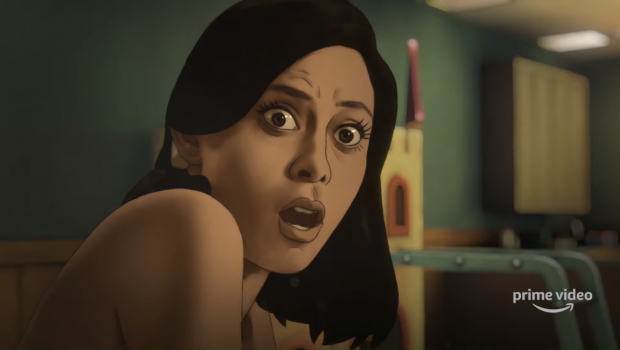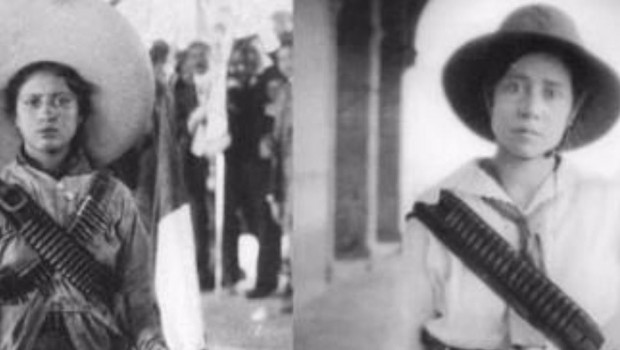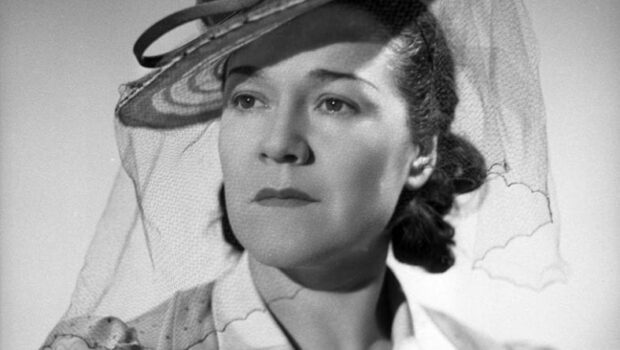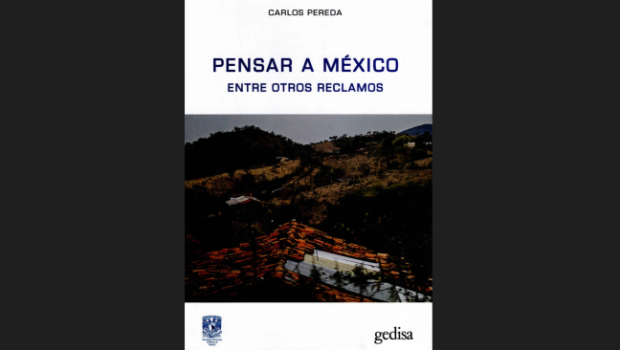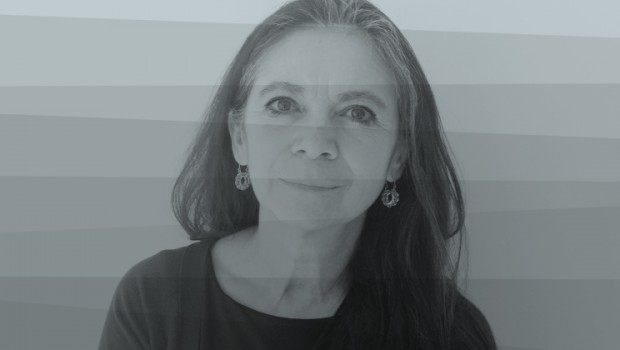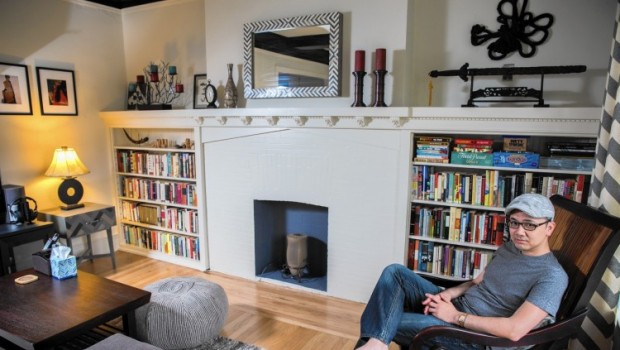Undone: An Interview with Director & Animator Hisko Hulsing
Lorís Simón Salum
The new series Undone (2019) screening on Amazon Prime is one of the most thrilling animated series of the year. Written by Kate Purdy and Raphael Bob-Waksberg, the story revolves around a young woman, Alma, who is profoundly dissatisfied with her mundane life. Even though she is surrounded by a loving family and boyfriend, the only person that could truly understand the frustration and the meaninglessness of her state of mind is Jacob, her deceased father. After suffering from a severe car accident, Alma’s world is flipped upside down, pulling her down a rabbit hole of quantum entanglement, memories, spirituality, and a reconnection with her father.
Hisko Hulsing, director of the show Undone, is an award-winning animator, known for his films Seventeen (2003) and Junkyard (2012). In 2014 Hulsing and his team animated large sequences for Cobain: Montage of Heck (2015), the first authorized HBO documentary about Kurt Cobain. Just to top it all off, Hulsing is also a musician. He composes the orchestral soundtracks for his own films.
Tell us, how did you got involved with the show Undone? What spoke to you most about this story?
Noel Bright and Steve Cohen, producers for Michael Eisner’s company Tornante, saw my film Junkyard and the animated sequences that I did for a film about Kurt Cobain called Montage of Heck. They were touched by my work and thought that the realistic tone would fit well with the scripts of Undone. They reached out to me and pitched Undone while I was in a jury at the Glas Animation Festival in Berkeley. On my way back in the plane to Amsterdam, I read the scripts of episode 1 and 2, written by Kate Purdy and Raphael Bob-Waksberg. On every other page I either had to laugh or cry; the story touched me on so many levels. In Undone, Alma is visited by her dead father when she wakes up from a coma after a car accident. Her father says that he wants to teach her how to manipulate time, manipulate the universe in such a way that she can go back in time to prevent him from being murdered. This is manifested in all kinds of strange experiences, where she is thrown through times and places, and we are never sure if they really happen or if they are memories, dreams or hallucinations.
Having experienced a psychosis myself, the possibility that Alma was experiencing a mental breakdown, was the thing that touched me very much. Psychosis and hallucinations have always been part of my paintings and films, but in this script, I felt that it was very detailed in a multifaceted way. The scripts for Undone are funny, serious, light, dreamy, heavy, dark and entertaining at the same time. The characters were very well developed in the scripts and I saw many possibilities to elevate it visually. Lots of crazy stuff going on.
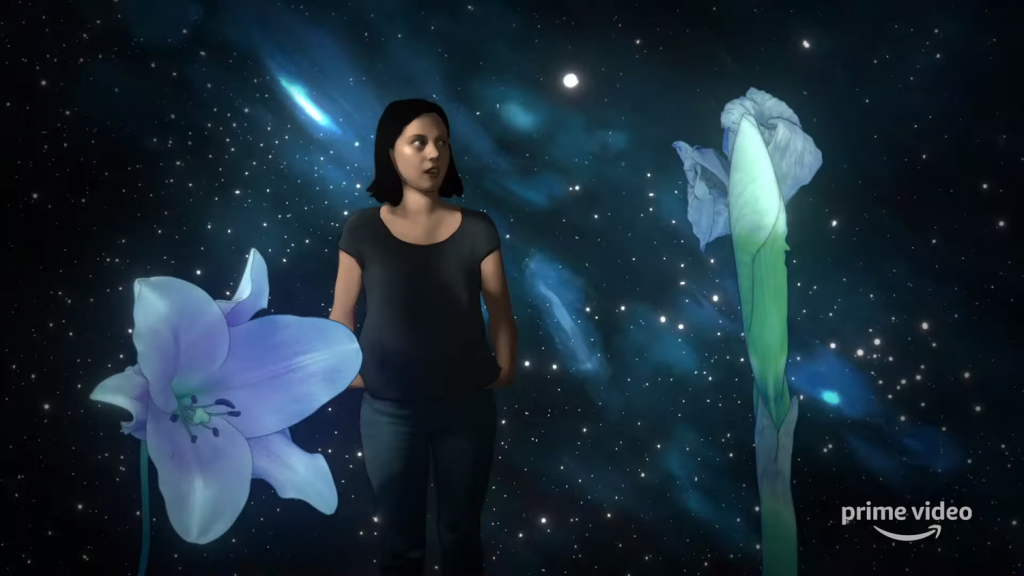
Why was it important to capture live action performances and then animating them as opposed to just using one technique over the other? How long did this process take?
When I read the screenplay, I realized that the dialogues were so sophisticated, so layered and subtle, that I started to doubt if animators would be able to capture that well enough. I’m in awe of what animators can do, but I felt that we needed to use real actors for Undone, so that we would get real acting, with psychological depth and with all the subtle micro expressions and the whole palette of emotions that actors can bring to it.
The other thing about this method, that worked very well together with all the oil painted backgrounds, was that the style became realistic in tone, grounded, but dreamy at the same time.
We decided to treat reality and dreams the same way, so because of this, it is not clear what the hallucinations are or what reality is, which supports the ambiguous nature of Undone. She is experiencing this, but is it all really happening? Is she on a spiritual trip with her father, or is she delusional? The audience will pick their version based on their world vision. I have mine too.
Whichever your worldview is, Undone is a weird trip to experience, because of its dreamy nature.
In the series there’s a lot of intermingling between our perceived reality and quantum physics (in relation to time traveling). Tell us more about what inspired you when working on animating Alma’s multiple timelines overlapping with one another.
Well, this is really all conceived by Kate Purdy, Raphael Bob-Waksberg and their team.
On the quantum level, subatomic particles do behave in very strange ways that are very different from the way we perceive time. Therefore, it has been speculated by theoretical scientists that there might be multiple dimensions and multiple universes.
Some people even link it to the way consciousness works.
The relativity theory of Einstein, if taken seriously, also pictures another interpretation of time than we normally perceive. According to that theory, everything happens simultaneously in the space-time continuum. We are perceiving as slices of that continuum.
It cannot be proven whether quantum entanglement could ever influence our perception or if time travel is possible.
As a director, I didn’t want to tell the audience whether Alma’s experiences are taking place in different times and dimensions, and if there is such thing as a multiverse.
However, whatever the truth is, the fantastic thought that there might be multiple realities which could change someone’s boring, unsatisfying live, is definitely a thought that could manifest itself in the head of a psychotic person. As well as other fantastic theories that have their roots in religion and spirituality.
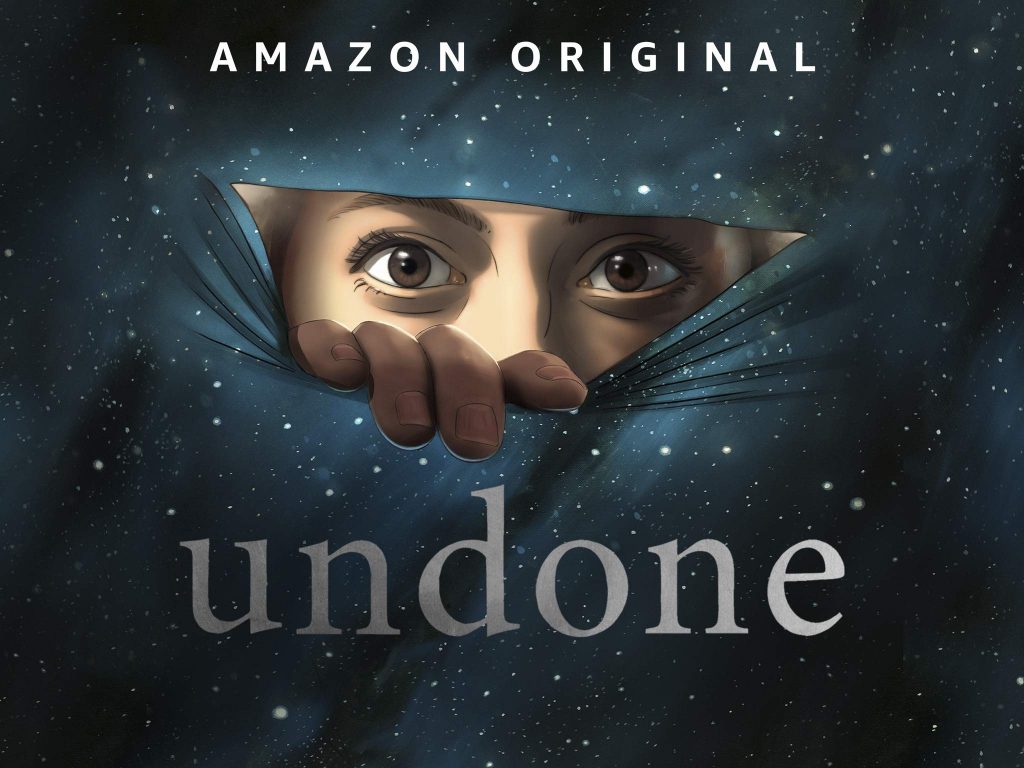
I’m interested in knowing more about the role of mental health in this show. Alma may (or may not!) be suffering from schizophrenia. However, this story really leaves you thinking whether it actually matters or not. What are your thoughts around this theme of the series?
It is the part that triggered my emotions when I read the scripts. This is also conceived by the writers. Some viewers seem to think that Undone would like to tell us that schizophrenia might be a gateway to experience other realities and that we, the writers, the team and myself try to make mental illness look fantastical. I do not agree with this point of view. It is true that Alma and Jacob are discovering strange realities and are able to bend the rules of the universe as we know them. But if this all takes place in Alma’s mind, her whole experience is a reflection of her worldview; they are her vague and warped thoughts about quantum entanglement, shamanism, religion and spirituality.
Kate Purdyu knows a lot about these subjects, and she put them all in, but the whole series is meant to have us question everything instead of giving answers.
What were some of your most memorable experiences in working on Undone?
Working with amazing crew in LA and with fantastic actors, writers and producers. The last year of the animation production we operated as a super, well-oiled machine. One hundred and fifty artists worked on Undone and at times, it felt like an explosion of creativity. So I am not talking about one single experience, but working with a very motivated and kind group of people. The animation team in Amsterdam almost felt as a second, big family.
Will there be a season 2? Or, are there any other new projects you are working (or will work) on?
We are waiting for Amazon to Greenlight a second season. We don’t know yet.
I am still working on a very trippy, short animated film based on a piece of music by Dmitri Shostakovich.
Is there anything I didn’t ask that you would like to mention?
Yes. I think what makes Undone stand out from modern animations in Hollywood is that the family entertainment films coming from the big studios are all done with CGI, directly from the computer to your screen.
It’s often good entertainment, but to me it feels very sterile and plastic.
We made 800 oil paintings as backgrounds, in a 17th century Dutch painting style and combined that with very modern techniques. Almost everything has been drawn or painted by artists.
I think that handmade look contributes a lot to the warmth of Undone. The personal touch is visible and relatable and helps to tell this personal story. At least, that was my purpose.
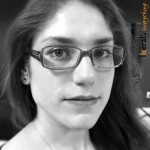 Lorís Simón Salum is a psychotherapist in private practice in Houston, TX. She is the author of Ensoulment: Exploring the Feminine Principle in Western Culture (2016), as well as the film director of the multi award-winning documentary Ensoulment: A Diverse Analysis of the Feminine in Western Culture (2013). She was the Creative Director for Literal Magazine for over 10 years. Some of her projects included Literally Short Film Festival, Literal’s short international film festival, and Literally Everything, Literal’s podcast. You can find her at www.lorissimon.com.
Lorís Simón Salum is a psychotherapist in private practice in Houston, TX. She is the author of Ensoulment: Exploring the Feminine Principle in Western Culture (2016), as well as the film director of the multi award-winning documentary Ensoulment: A Diverse Analysis of the Feminine in Western Culture (2013). She was the Creative Director for Literal Magazine for over 10 years. Some of her projects included Literally Short Film Festival, Literal’s short international film festival, and Literally Everything, Literal’s podcast. You can find her at www.lorissimon.com.
©Literal Publishing
Posted: October 23, 2019 at 9:46 pm


